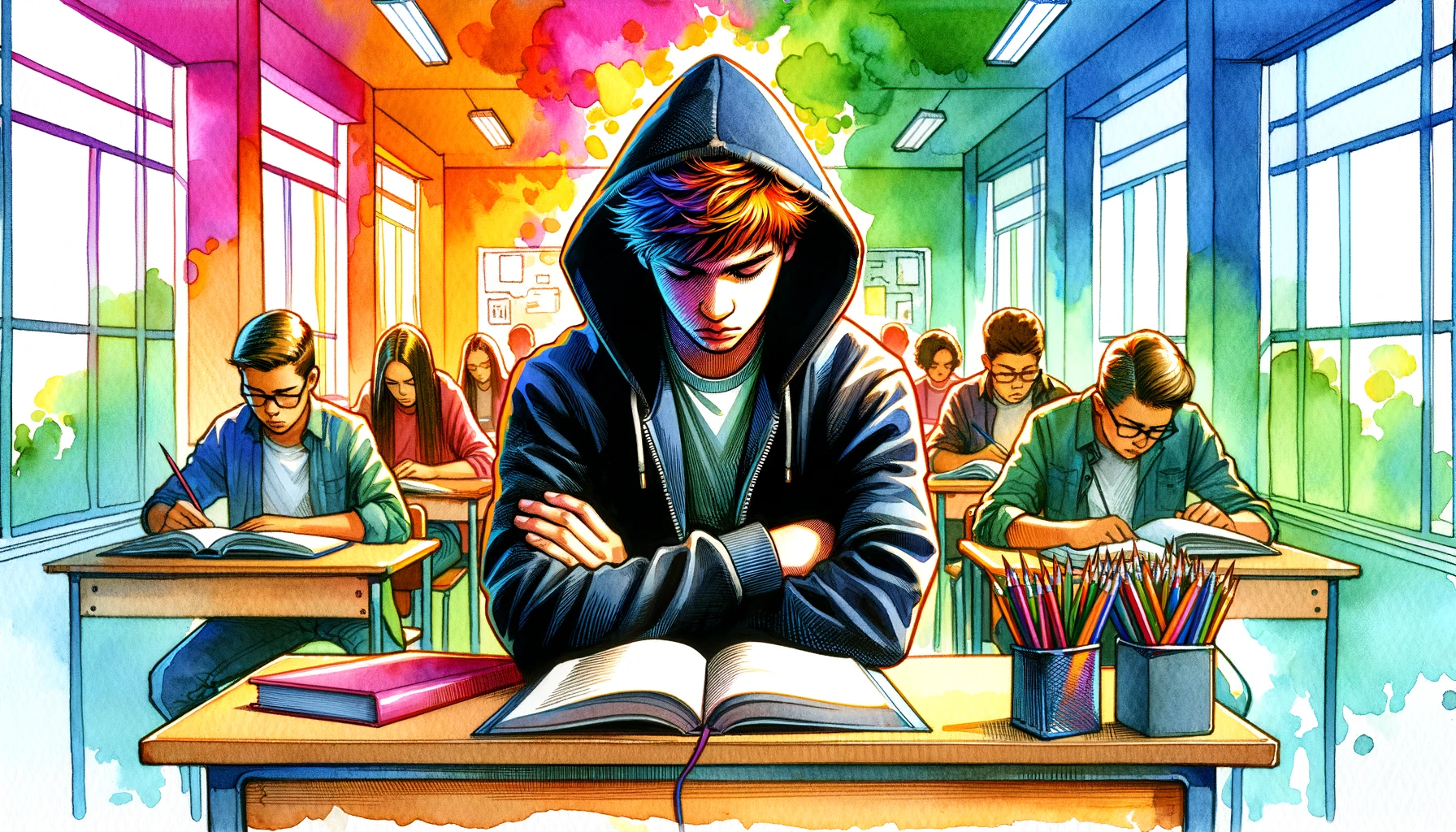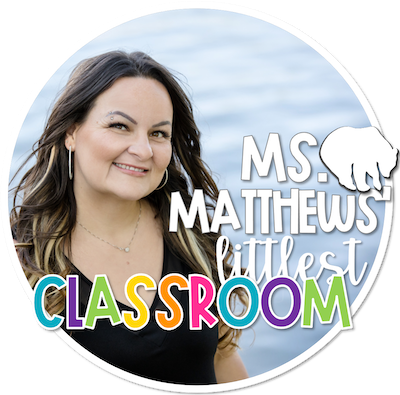Here's the Problem
A few years back, our school district wanted to address problematic literacy levels within our schools. They made a decision to purchase a product that promised to address these issues. Extensive training, resources, and clear expectations were put in place to implement this curriculum. The amount of resources we received was massive and it looked like everything a teacher could ask for. It was overwhelming how much material was delivered. We received training on how to test students, and what resources were available, and were handed boxes of resources. Fast forward a year, and you’d think we’d be flying and the kids would be getting caught up. That just wasn’t the case. Test scores were the same and sometimes worse. I could see how ineffective it was. The kids were frustrated and so was I. It went against my gut. I didn’t learn to read this way, and my mentor teacher, Mary (a retired teacher and by her own account “learned from a 40-year retired veteran nun and had 40 years of her own” on how to teach kids to read), didn’t advise me to teach this way. I beat myself up, thinking I must be doing something wrong. It really was a terrible experience.
I really wanted to help my kids. I was teaching grade 6, then grade 5, and I had kids that COULD NOT READ! They didn’t even know the first 20 Fry Words. It broke my heart. And of course, those are the ‘problem’ kids. They act out, they are frustrated, they are ANGRY. And of course, they are angry because they can’t read!


I drive to work every day. It’s about 25 minutes from door to door. I listen to a lot of podcasts. I mean A LOT (usually Dateline and Freakonomics – but I digress). If I want to learn something, I turn to podcasts and audiobooks to fill the gaps. I mean, I’ve got nearly an hour of driving a day, which can translate into a lot of new skills. This literacy issue was weighing on my heart. So, I did some searching. I was actually looking for podcasts with “The Book Whisperer.” At some point, I found “Sold a Story.” (Not sure if someone told me about it or I stumbled upon it randomly.) Either way, I found it. It was painful to listen to on many levels. The story was what I saw every day in my classroom. Stories of people who have paid the price with their self-worth for not being able to read. Those were MY kids. Also, it took many episodes for the educational journalist to finally name names. I was screaming, “Just say it!” It’s F&P; I know it, you know it, just say it!
Then she said it. I knew it, and I cried. We are using it in our classrooms with students who are already at a disadvantage, and here we are, rigidly adhering to a program that is doing more damage than good. A program that reinforces reading strategies that poor readers use to mask that they can’t read. Ugh! I went through the resources. I was looking for the beginning lessons. You know, the ones where we address letter sounds, decoding, syllables! I was teaching Grade 5, and the kids weren’t getting it. So, I went searching through the other boxes and manuals. Grade 4. Nope. Grade 3. Nope. Grade 2. Nope. Kindergarten. No! Ugh!
On a Mission
So, back to the podcasts and the internet. I needed some answers. A colleague, Mary (a different Mary – young, beautiful, and passionate Mary) suggested I look into the ‘Science of Reading.’ I joined a Facebook group that she suggested but didn’t dive into it at first. When I finished the podcast, something in that group caught my eye. They were talking about the podcast too! Woo-hoo! So, I started reading the posts and recommendations. I followed links, I took a deep dive into it all. I researched, I compared, and I bought a book.
Not just any book, it was a teacher manual to teach reading. It was a science-based whole-class instructional manual. Resources are free online; you just need to buy the manual for $70 USD-ish bucks + shipping, and I waited. I was a little skeptical since I teach older students and didn’t want them to feel like we were doing ‘baby’ work. But honestly, that’s where we were at. I needed to meet them there.
I told the kids I was going to try something new. I was learning with them, so to be patient with me. I also told them we had gaps in our learning, so we needed to go back and rebuild those areas (a little Sal Khan thrown in there). The kids just came along with me for the ride. I didn’t strictly adhere to the structure in the manual. Mary (mentor) used the alphabet line to review letter sounds, so I kept that. We went through the letters on my alphabet line, one at a time. I explained that letters are the symbols for the code and the symbols represent sounds. We are learning to break the code. I’ve adapted the structure slightly to accommodate my age group, but the spirit of the instruction is maintained.
At some point, early on, one of the boys made a comment that he knew all this. I saw the fear in another student’s eyes. I knew what he was thinking. I saw how engaged he had been while we worked on letter sounds, printing, and writing. I could feel the hope draining from him. Not on my watch, I thought, and I turned to that kid and, for all to hear, said, “Really?! Well, then, tell me what a fricative is?” That was the end of that. No one said another word about knowing it all, and we worked through the book.
Fast forward a few months, and those kids who struggled with their letter sounds were now reading decodable books, not just staring at books with pictures, but actually reading and decoding! That $70 USD plus shipping was worth every penny. That magic manual is called UFLI – University of Florida Literacy Intervention manual.
That was the start, and I could see the kids making connections and experiencing joy. The avoidant behaviors began to diminish, and the kids looked forward to the lessons. They made the letter sounds with me. We laughed together as we made exaggerated sounds, faces, and mouth shapes. Before long, even my most academic students realized they too had gaps and really dug into the lessons, making efforts to improve where they needed to. We knew we had a lot of catching up to do, and that literacy is multifaceted.

“Even my most academic students realized they too had gaps and really dug into the lessons, making efforts to improve where they needed to.”
Since implementing UFLI into my classroom, I’ve had to dive deeper into my literacy instruction. It required me to ask myself some big questions:
- If the resources I have aren’t aligned with the research, then what other resources do I need?
- How do I get kids at the beginning stages of reading to read books at their level without embarrassing them in front of their peers (because, frankly, that is a real concern—they aren’t going to improve if they aren’t actually practicing and applying the concepts)? How do we move from decoding to comprehension?
- If fluency is the key, then how do we build fluent readers?
It’s a lot. Some days I feel overwhelmed and know I’m on a time limit because I only have access to the kids for 180 days before they move on to someone else. I know that not everyone has been able to do a deep dive and are being constrained by district-level policies. So, unless staff decide to close their doors, purchase or create their own resources, and engage in evidence-based practices, then the kids aren’t going to be able to overcome these obstacles. It’s a tall order, and I don’t have all the answers, but I can tell you this: I am learning, applying that learning, and seeing results in my classroom. Stay tuned, I’ve got more to share!
